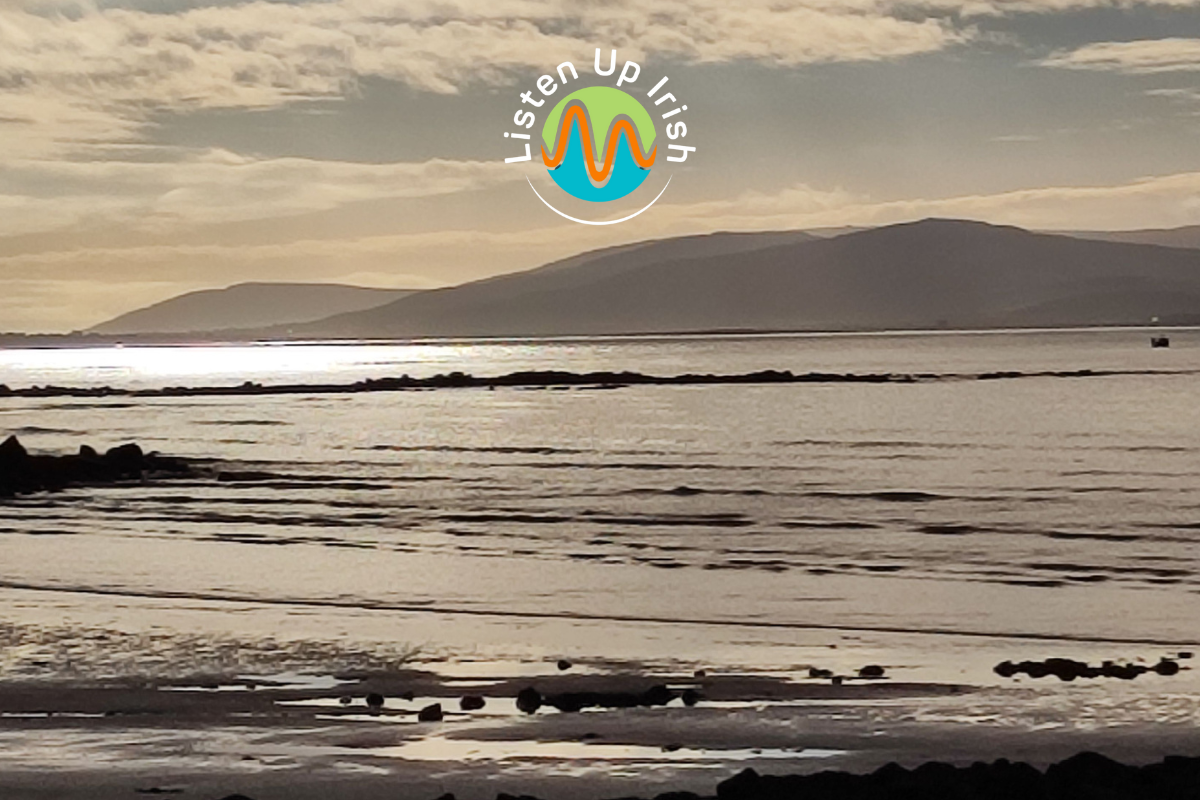Is fearr an tsláinte ná na táinte
The equivalent expression of ‘your health is your wealth’ in the Irish language is ‘is fearr an tsláinte ná na táinte’. Listen to this very well known seanfhocal above and read on for a bit more information about it.
An tsláinte
Sláinte is the Irish word for 'health'. As this is a feminine noun beginning with the letter 's' when the definite article (i.e. the /an) comes before it then the letter 't' is affixed.
Health / sláinte
The health / an tsláinte
You may have noticed this already with another very common feminine noun which also begins with 's':
A week / seachtain
The week / an tseachtain
This simple seanfhocal also illustrates the fact that the use of the word ‘the’ is not always the same between Irish and English. Often ‘the’ is used in Irish where it would be omitted in English:
English: ‘health is better than wealth’
Irish: ‘the health is better than the wealth'.
Táin / táinte
herd / herds
Táin is an old Irish word for a herd. The more commonly used word today is tréad - Tréad bó / a herd of cattle.
As wealth in the past was measured in the number of cattle a person owned the word ‘táinte’ (herds) came to mean ‘wealth’.
It was extremely expensive! / Chosain sé na táinte!
Táin Bó Cuailnge
The word ‘táin’ has a second meaning - that of a cattle raid.
Have you heard of the epic story of Táin Bó Cuailnge?
The cattle raid of Cooley
(Cooley is a peninsula in Co. Louth)
Táin Bó Cuailnge is one of the most famous epic legends of Ireland. After discovering that her riches fell short of those of her husband, King Ailill, Queen Medb of Connacht decides to go to war with the King of Ulster in order to capture his brown bull. If she succeeds she will then be equal in wealth to her husband. As a debilitating illness falls on the men of Ulster it falls to the young Cú Chulainn to defend Ulster. Single handedly he thwarts the armies of Connacht. In one of the final battles he must take on his foster-brother, Ferdia. With great sorrow he mortally wounds Ferdia. The earliest written account of this legend dates from the 12th century, and is in the form of a manuscript written in Old Irish at the monastery of Clonmacnoise.
Which goes to explain why the word ‘táin’ can also be used to mean ‘legend’!
She is an absolute legend! / Tá sí sa Táin
Her talent on the playing field is the stuff of legend / Tá a cumas ar an bpáirc imeartha sá Táin
Learning Irish with seanfhocail / proverbs
Using seanfhocail is a really great way to learn Irish. This is because seanfhocail tend to be short, they often rhyme, and so they are very easy to remember. It's an easy way to learn new words, but also to remember little points of grammar. For example, use this seanfhocal to remember that the letter 't' will be prefixed to feminine nouns beginning with the letter 's' after 'an': an tsláinte.
Here are some other seanfhocail you might enjoy:
Ní féidir leis an ngobadán an dá thrá a fhreastal
Filleann an feall ar an bhfeallaire
There are lots of other ways that you can learn Irish including taking a course. All About Irish offers both self-study and online courses for all levels from beginner to more advanced. Read all about the available online Irish language courses here.




